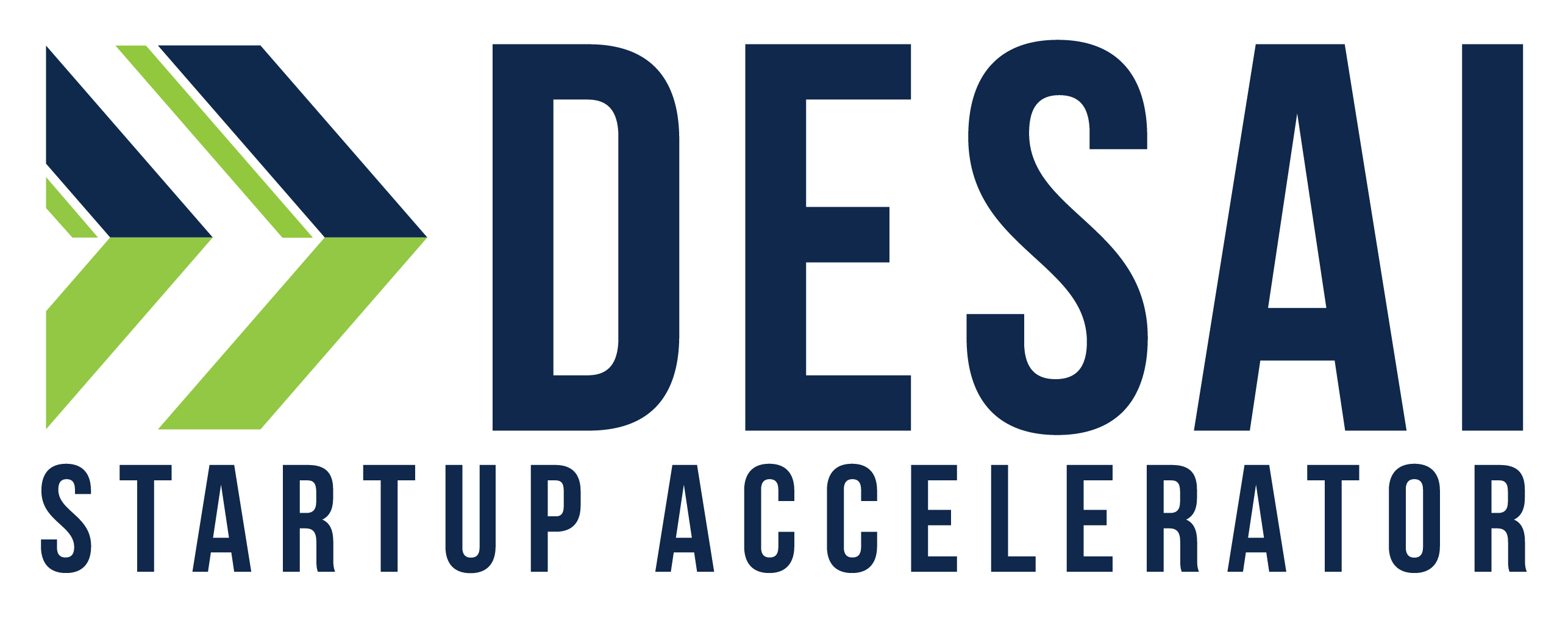Equity Crowdfunding 101

So you want to raise money for your business? One option to consider is equity crowdfunding.
Equity crowdfunding allows you to fundraise through your direct supporters – your customers. If you’re an early stage startup, and don’t feel your product or service is in the stage to receive support from the traditional VC, this method of fundraising is perfect for you. Fares Ksebati, CEO and Co-Founder of MySwimPro, took advantage of this method through Wefunder.
In 2017, he held a campaign that raised $130,500 from 137 investors. In 2019, a second campaign raised $465,746 from 205 investors.
While Fares had success with Wefunder, a variety of crowdfunding platforms great for a variety of needs can be found here.
Before we jump into how he did it, what is equity crowdfunding?
Ksebati describes this method of fundraising as “publicly asking for money, but not from traditional investors like venture capitalists. Instead, you’re asking people who use your product or service for funds, and they become invested in the business. This is different from traditional crowdfunding which is more like a donation.”
Equity crowdfunding isn’t just a donation because of the possible return investors can receive. When customers invest in a startup they believe in, they can earn back this return in a few different ways: a simple loan, a convertible note, stocks without dividends, and stocks with dividends. These types of returns are broken down here.
Not every business is right for a successful crowdfunding campaign. According to Fares, the most important thing you can have before fundraising is enthusiastic customers and a high following.
Customer Enthusiasm
Fares encourages founders to ask themselves, “Have you identified a problem and does your solution solve that problem? Once you’ve created a group of people that like you, even if it’s small, you have the potential to get supporters behind you.”
Wefunder emphasizes that investments in startups are a lot more risky than investments in publicly-traded companies. Returns will either be very high if the company is successful, or close to nothing. This is why having customers who truly believe in your product is important – they’ll need this enthusiasm in your company’s product or service to take the higher risk of investing.
Motivated Followers
Having a following makes crowdfunding much easier.
Part of Fares’ success can be attributed to the 100,000 email subscribers who were already passionate about MySwimPro when he launched his campaigns.
Ksebati notes, “Sure you can try Facebook ads, but if people are already subscribed to your email, blog or other forms of social media, they’re more likely to invest than someone who hears about you for the first time online.”
Therefore, aspiring crowdfunders should focus on building a genuine fanbase, rather than just brand recognition through ads.



